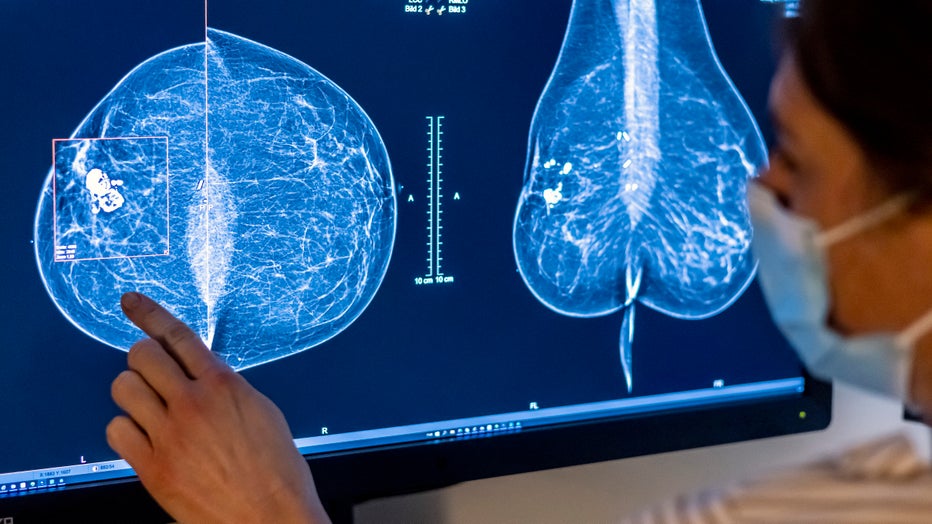New FDA rule requires info on breast density with all mammograms

Inflammatory breast cancer: Rare, yet deadly, and the signs are 'not subtle'
Dr. Ko Un Park, a surgical oncologist at OSU?s Comprehensive Cancer Center, discusses the signs of inflammatory breast cancer, treatment, and other things to know about the rare, yet deadly form of the disease.
All U.S. women getting mammograms will soon receive information about their breast density, which can sometimes make cancer harder to spot.
The new requirements, finalized Thursday by the Food and Drug Administration, are aimed at standardizing the information given to millions of women following scans to detect breast cancer. Regulators first proposed the changes in 2019 and health care providers will have 18 months to comply with the policy.
Some states already require that women receive information on breast density.
READ MORE: Biden to seek more than $2.8 billion from Congress for fight against cancer
About half of women over age 40 have dense breasts, with less fatty tissue and more connective and glandular tissue. That tissue appears white on X-rays, the same color as growths in the breast, making mammograms harder to read. Dense breast tissue is one of the factors that can increase a woman’s chances of developing cancer.
According to the Centers for Disease Control and Prevention, about one in eight women will get breast cancer. Mammograms are the best tool for breast cancer screening and detection.

Medical personnel use a mammogram to examine a woman's breast for breast cancer. Photo: Hannibal Hanschke/dpa (Photo by Michael Hanschke/picture alliance via Getty Images)
Under the new rules, women with dense breasts will receive a written memo alerting them that their status "makes it harder to find breast cancer." Those patients will also be directed to speak with their doctor about their results.
Professional guidelines don’t specify next steps for women identified with dense breasts, but some physicians may recommend additional forms of scanning, including ultrasound or MRI.

